Application of Foam Cleaning System in Meat Processing Factory
In the highly regulated and demanding environment of a meat processing factory, maintaining impeccable hygiene is not just a goal—it's a
non-negotiable requirement. Pathogens like Listeria, Salmonella, and E. coli pose significant risks, making the cleaning and sanitation process a
critical control point. Traditional cleaning methods often fall short, leading to inefficiencies and potential contamination risks. This is where a
specialized foam cleaning system proves to be a game-changer.
The Unique Hygiene Challenges in Meat Processing
Meat processing facilities face a unique set of cleaning challenges:Organic Matter: Surfaces are contaminated with stubborn fats, proteins, and blood.
Biofilms: These protective layers of bacteria can form on conveyor belts, equipment, and floors, shielding pathogens from standard cleaners.
Complex Equipment: Slicers, grinders, and conveyors have hard-to-reach areas that are difficult to clean manually.
Regulatory Compliance: Facilities must adhere to strict standards (like HACCP, GMP), requiring documented and verifiable cleaning protocols.
A simple spray-and-wipe approach is inadequate. What's needed is a comprehensive, systematic, and validated cleaning process.
How a Foam Cleaning Machine Transforms the Cleaning Protocol
An all-in-one foam cleaning machine consolidates high-pressure rinsing, foaming, and disinfection into a single, powerful unit. Here's how it
systematically addresses the challenges of a meat plant:
Step 1: High-Pressure Pre-Rinse
The process begins with a high-pressure water rinse. This crucial first step removes large debris, loose meat particles, and gross soil from
equipment, floors, and walls. By eliminating the top layer of grime, the subsequent chemical cleaning stage can work much more effectively,
directly
targeting bonded soils and biofilms.
Step 2: Application of Foaming Detergent
This is the core of the system. The specialized foam cleaning machine generates a thick, clinging foam from your chosen cleaning chemical. This
foam is applied to all surfaces—conveyor belts, processing tables, saws, and floors.
Key Benefit of Foam: The viscous foam clings to vertical and overhead surfaces, ensuring prolonged contact time with the soil. This dwell time is
essential for the chemicals to break down tough fats, proteins, and starches.
_31493.png)
.png)
Visual Verification: The rich foam provides complete visual coverage, guaranteeing that no area is missed. This is vital for audit trails and staff
training.
Step 3: High-Pressure Rinse-Off
After the prescribed dwell time, the foam and the emulsified soils are completely blasted away using high-pressure water. The combination of
chemical action and mechanical force ensures that even hidden residues in equipment crevices are removed, effectively destroying biofilms.
Step 4: Disinfection and Final Rinse
Once the surface is visibly clean, the system switches to apply a fine mist of disinfectant or sanitizer. This step eliminates any remaining microor-
ganisms. After the required contact time for the disinfectant to work (as per the chemical manufacturer's guidelines), a final rinse with potable water
leaves the surface chemically clean, sanitized, and ready for the next production shift.
Tangible Benefits of a Foam Cleaning System for Meat Plants
Integrating a professional foam cleaning system into your SSOPs (Sanitation Standard Operating Procedures) delivers significant returns:
Superior Food Safety: The proven, consistent process significantly reduces the bacterial load and minimizes the risk of pathogen persistence,
including Listeria monocytogenes.
Enhanced Efficiency & Labor Savings: Combining three functions into one machine streamlines the cleaning process. The speed of application
and reduced need for manual scrubbing can cut cleaning time dramatically, saving on labor costs.
Reduced Chemical and Water Usage: Foam clings to surfaces without runoff, ensuring chemicals are used efficiently. This targeted application
reduces waste and lowers operational costs.
Effective Biofilm Removal: The prolonged contact time of the foaming agent is critical for penetrating and breaking down tenacious biofilms that
other methods leave behind.
Improved Audit & Compliance Readiness: The systematic nature of the process provides clear documentation for each step, making it easier to
demonstrate due diligence and compliance during audits.
Key Areas of Application in a Meat Processing Facility
Conveyor Belts: Ensures complete coverage and penetration around rollers and hinges.
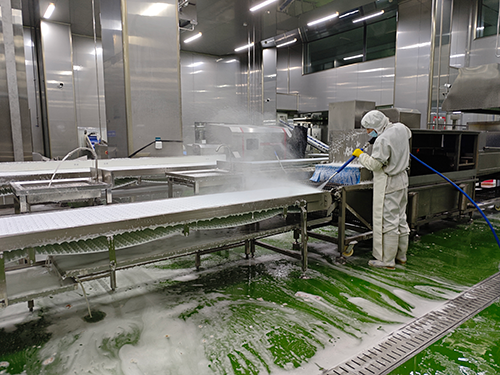
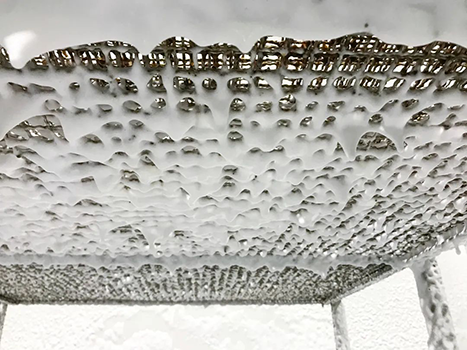
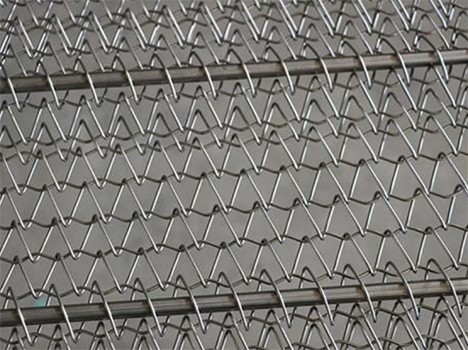
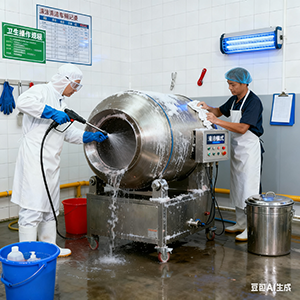
.png)
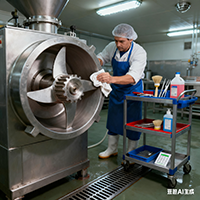
Floors and Drains: The clinging foam works on vertical surfaces of walls and equipment legs, and helps sanitize drain areas.
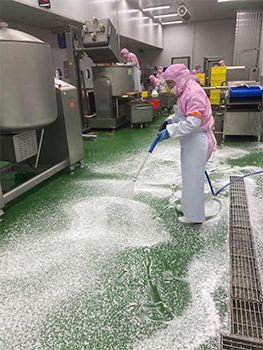

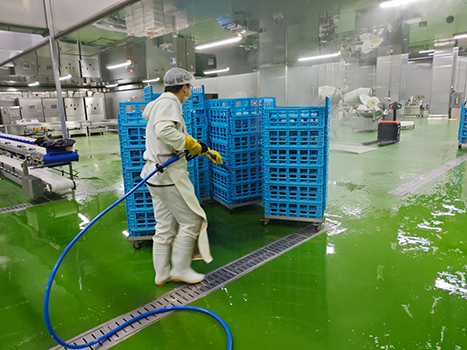
Conclusion: A Smart Investment for Modern Meat Processing
In an industry where cleanliness is directly linked to brand reputation and consumer safety, investing in the right technology is paramount. A foam
cleaning machine is more than just a piece of equipment; it is a cornerstone of a modern, robust, and effective food safety program. By ensuring a
thorough, efficient, and documented cleaning process, it empowers meat processing factories to achieve the highest standards of hygiene,
operational excellence, and regulatory compliance.


